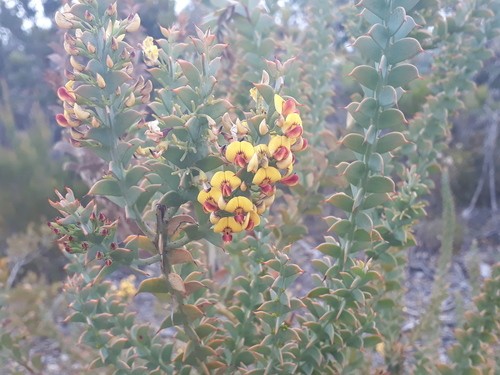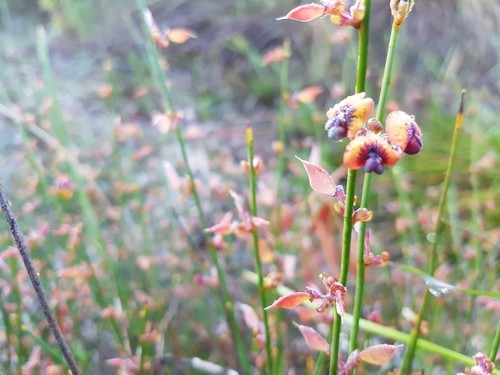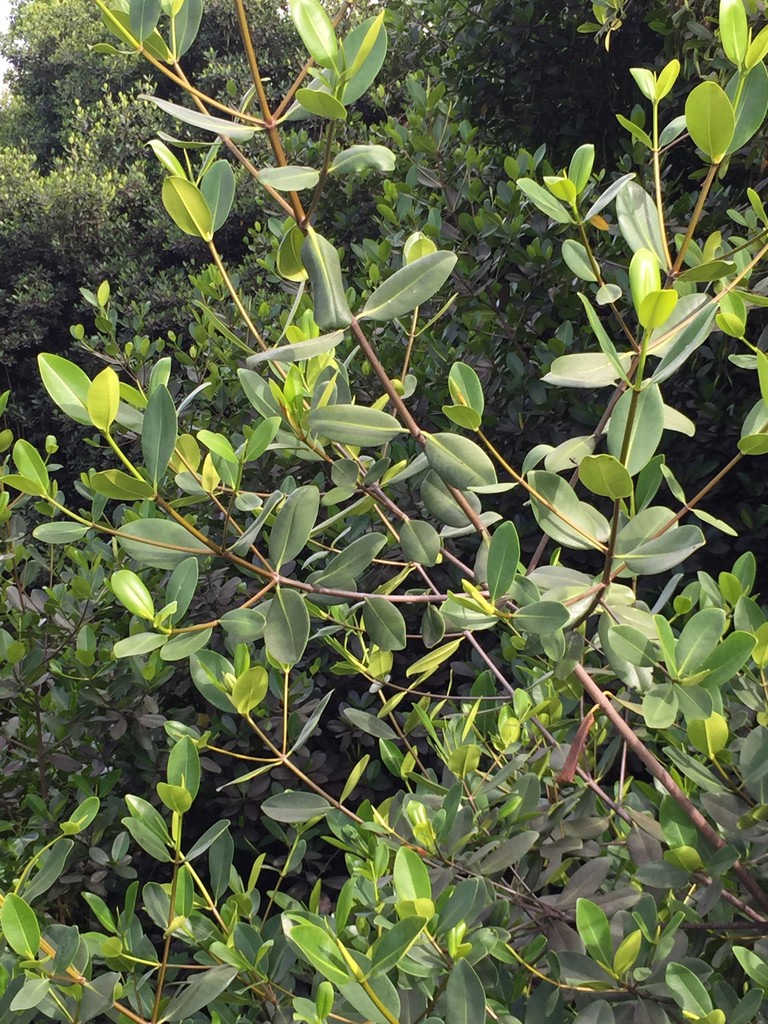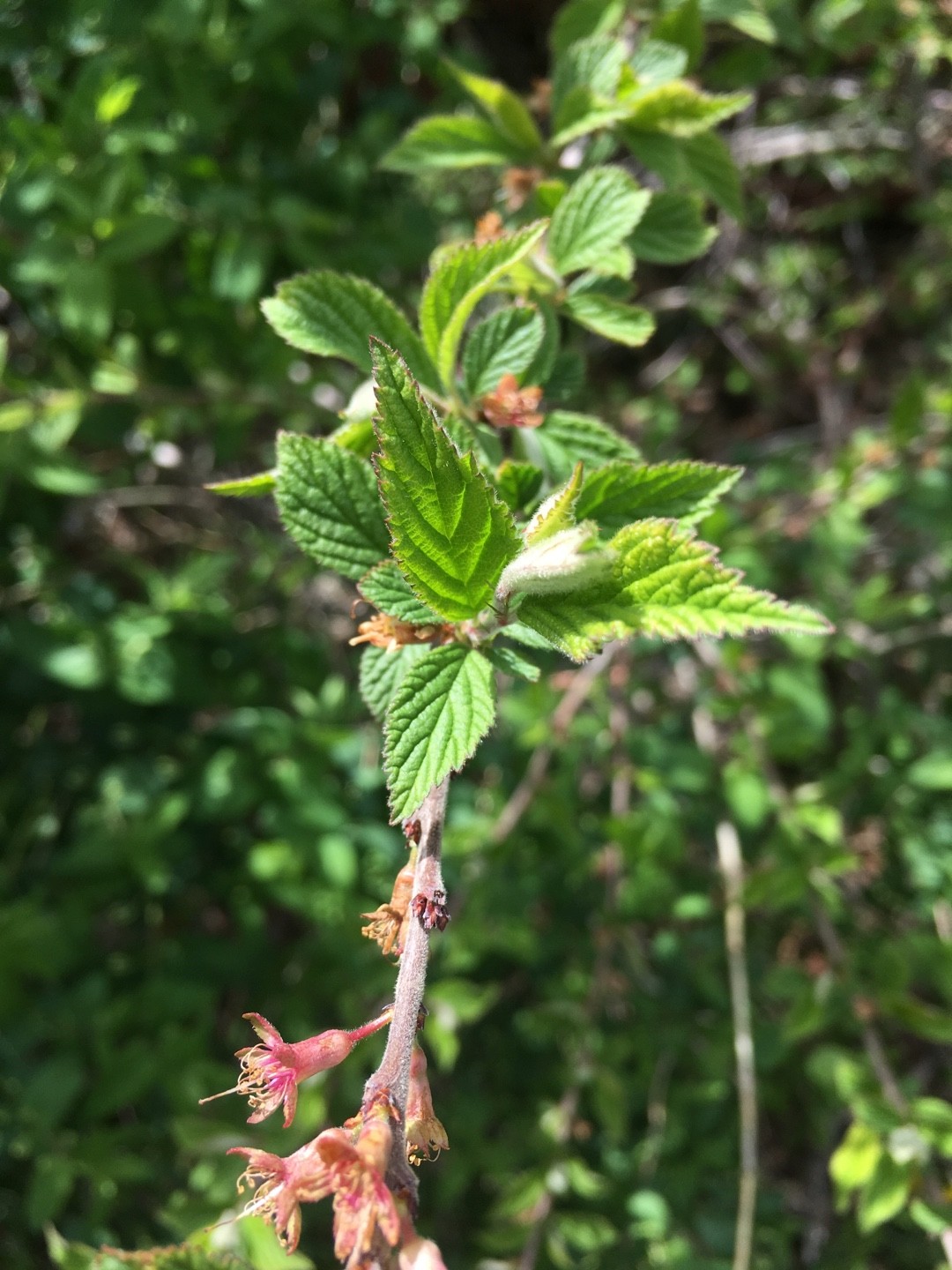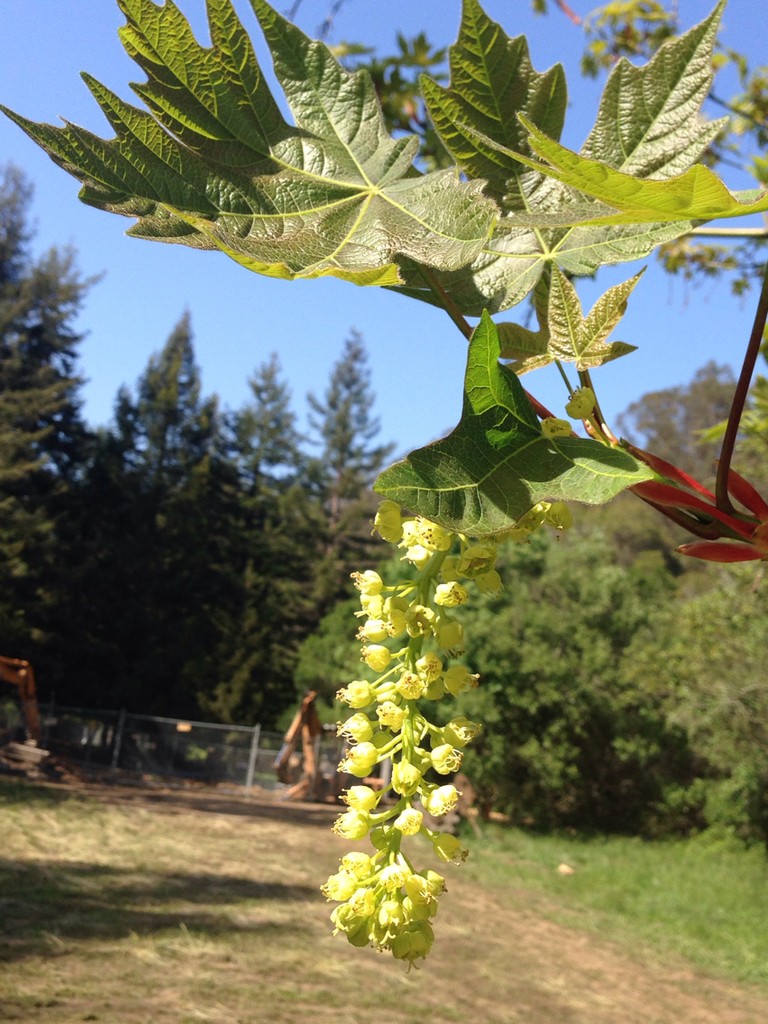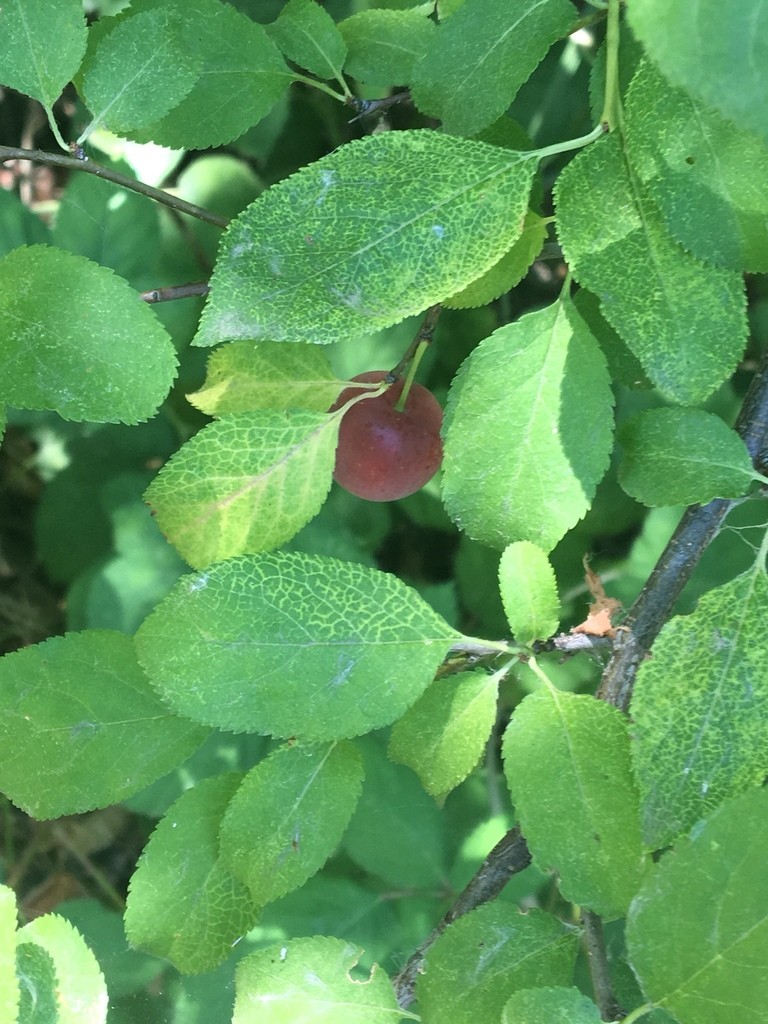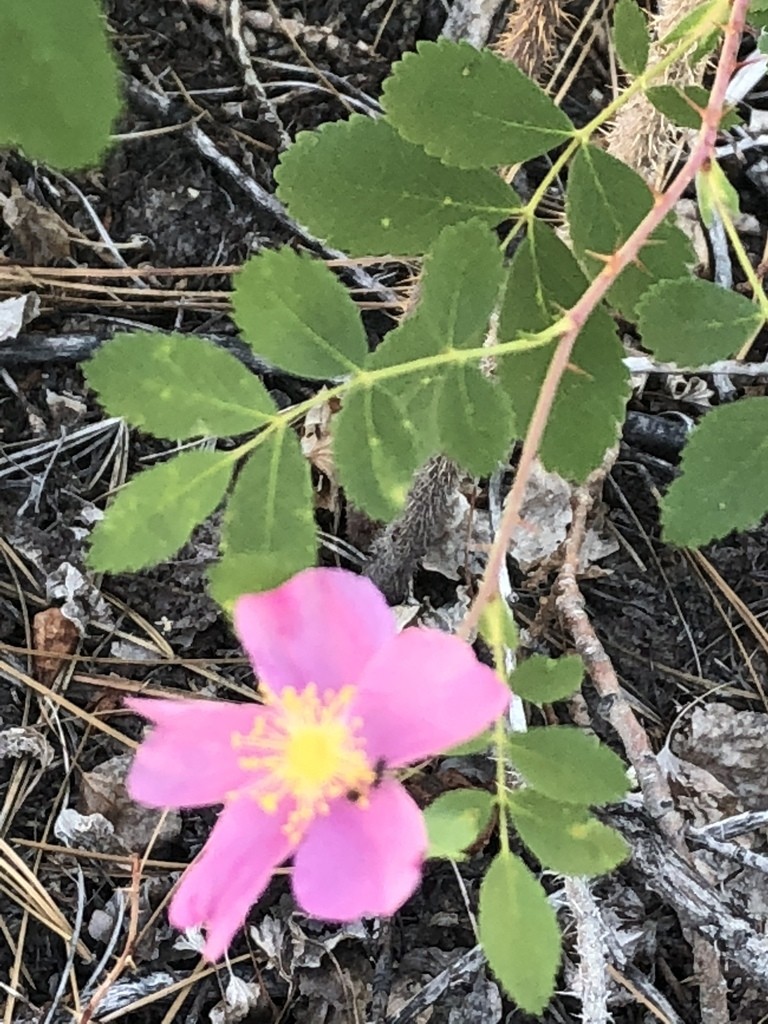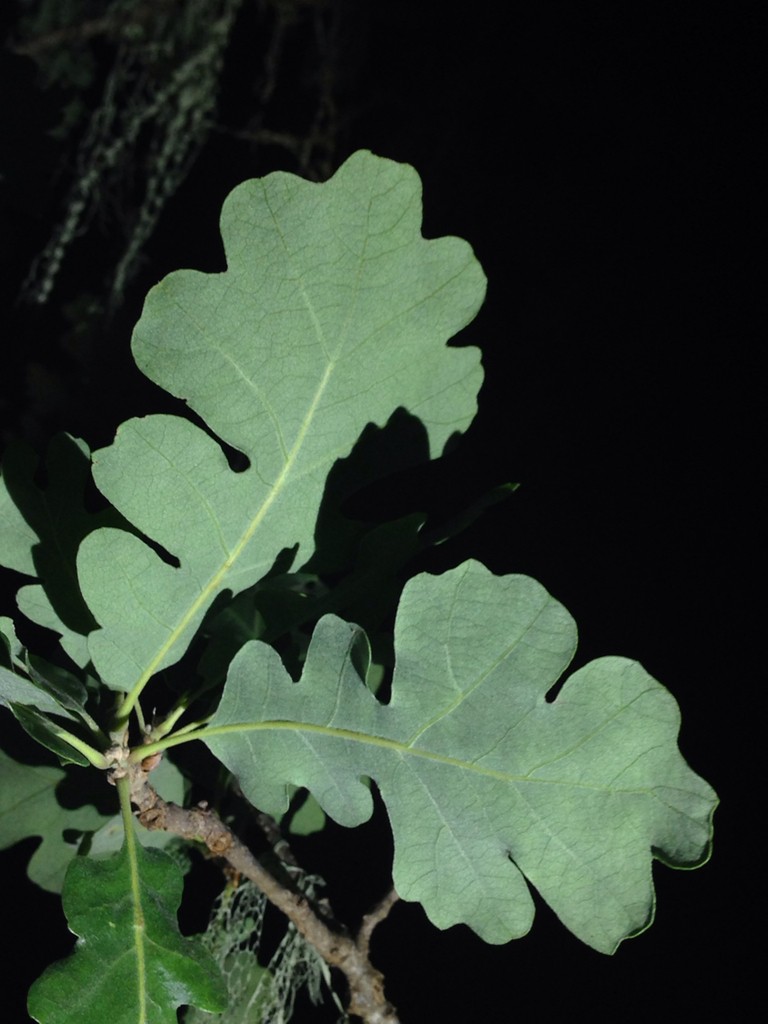Daviesia pachyphylla
Daviesia pachyphylla is a robust, evergreen shrub native to arid environments, where its thick, leathery leaves minimize water loss. With a hardy disposition, this plant bears vibrant yellow flowers that contrast its dense foliage, making it quite conspicuous in its native habitat. Adapted to withstand the harsh conditions, daviesia pachyphylla's deep root system allows it to thrive in poor soils, often contributing to its resilience and longevity.


